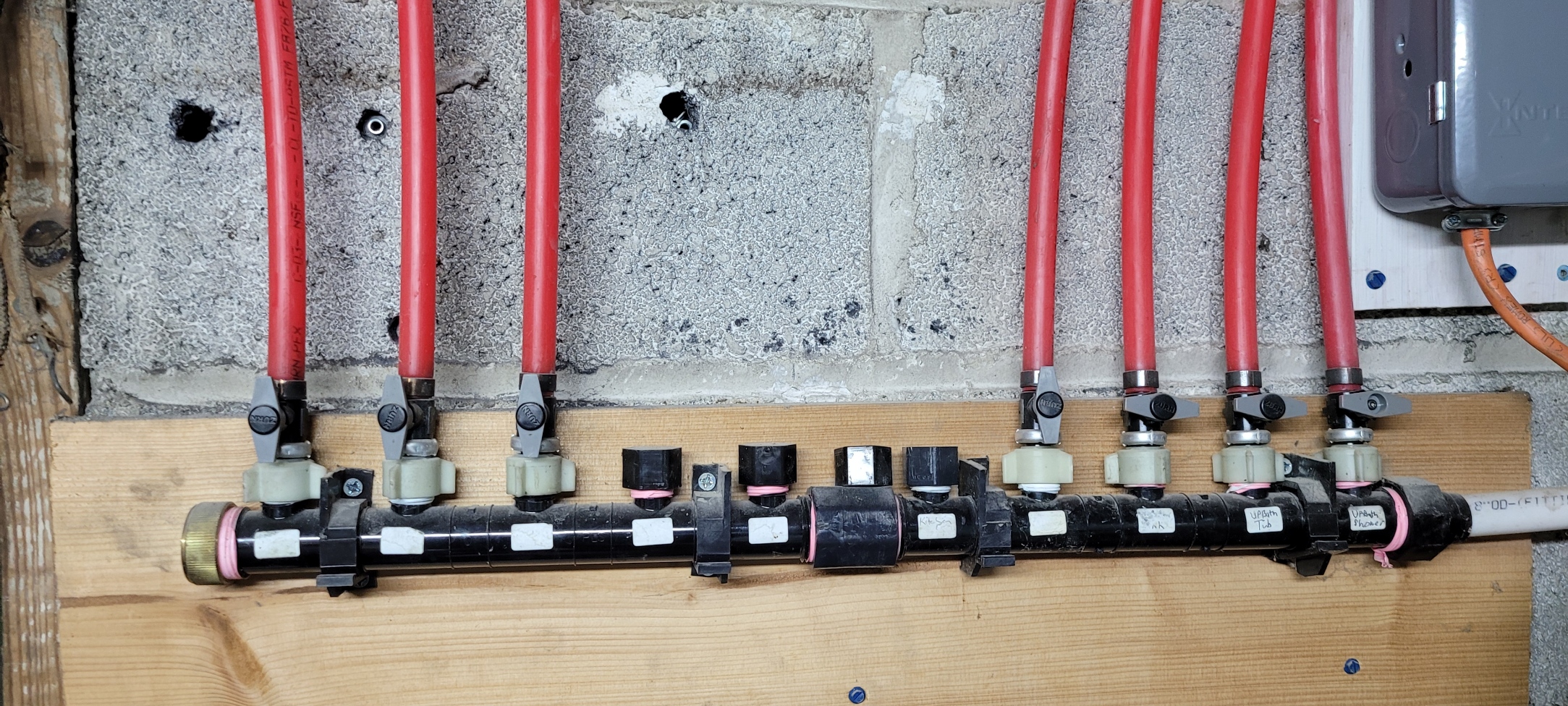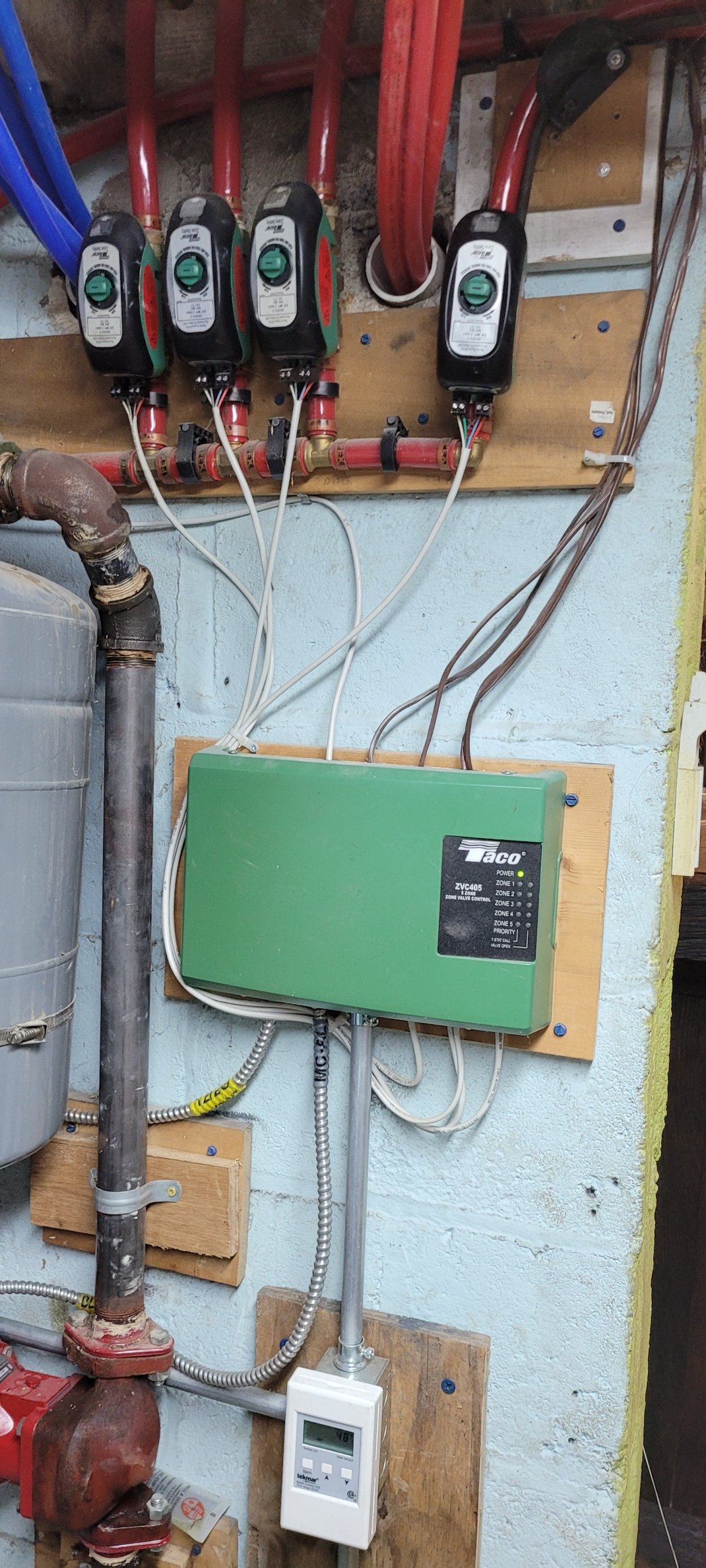I mean, I understand why manufacturers treat them as different products because they are configured differently enough, but most importantly they are purchased in their configured format for a customer's intended usage.
A primary
-has a CGA320 (for a CO2 example) tailpiece and nut for tank connection (but sometimes they just have a male flare instead for use with a high pressure tank remote hose).
-has a high pressure gauge for tank pressure
-does not have any mounting brackets
A secondary
-has a flare or barbed connector for gas input (you couldn't put 900psi tank pressure into a hose barb connection with typical beverage hoses)
-usually has a mounting bracket of some kind
My point was that the body itself doesn't seem to be manufactured with different parts. The replacement needle valves, diaphragms, and bonnets appear to be the same between Taprite primaries and secondaries for example. The bodies themselves are different castings though, because they made the decision to put left hand thread on the high pressure axis of the primary regs. I think the entire purpose of that decision was to keep people from mistakenly threading a hose barb in.
When someone wants 3 different pressures inside their unit while leaving the tank outside, I usually suggest this configuration:
View attachment 782138
The pass through pressure #1 would typically be for seltzer or for burst carbing kegs overnight so it would be something like 20-30psi.
The same effect can be achieved by splitting a line directly off the output of the primary, but then you have to run two lines into the refrigerator for no real benefit. I'd still end up splitting the primary output with shutoff valves so that I can have a rolled up accessory gas line for purging, etc outside of the fridge.





















![Craft A Brew - Safale S-04 Dry Yeast - Fermentis - English Ale Dry Yeast - For English and American Ales and Hard Apple Ciders - Ingredients for Home Brewing - Beer Making Supplies - [1 Pack]](https://m.media-amazon.com/images/I/41fVGNh6JfL._SL500_.jpg)







































